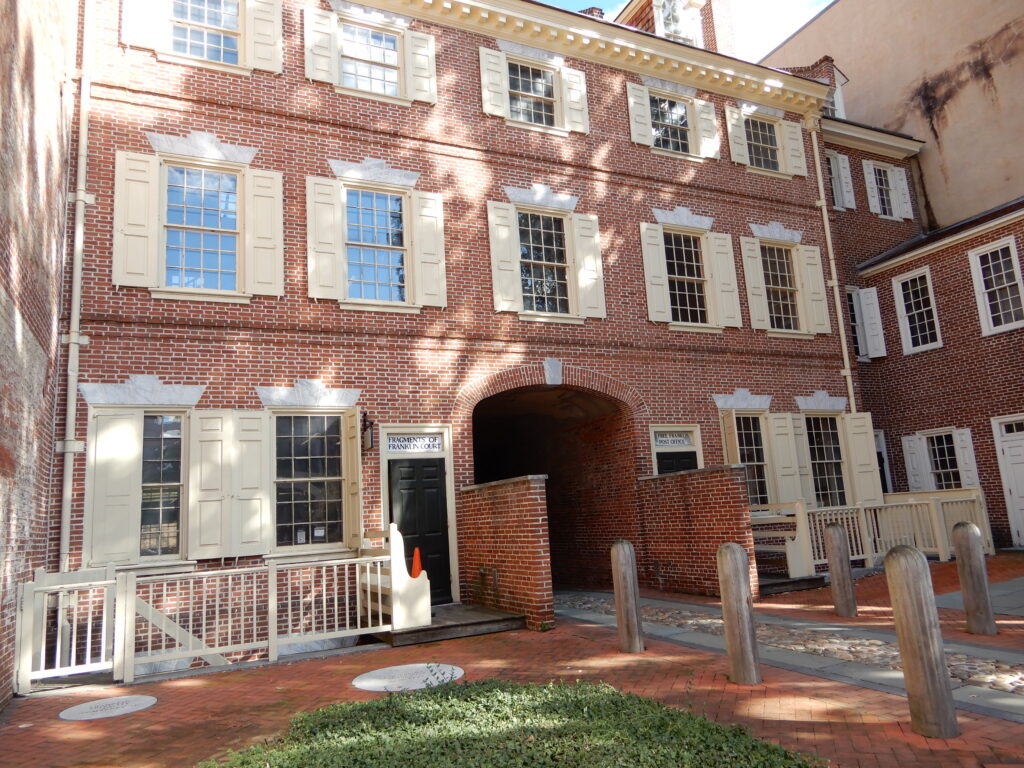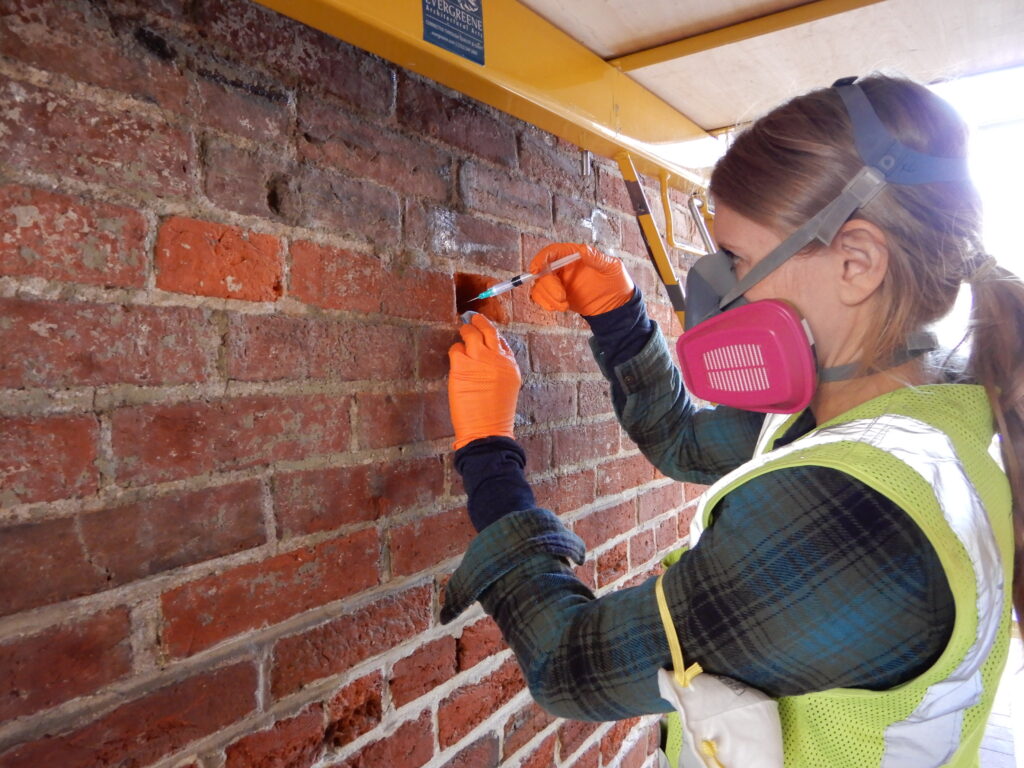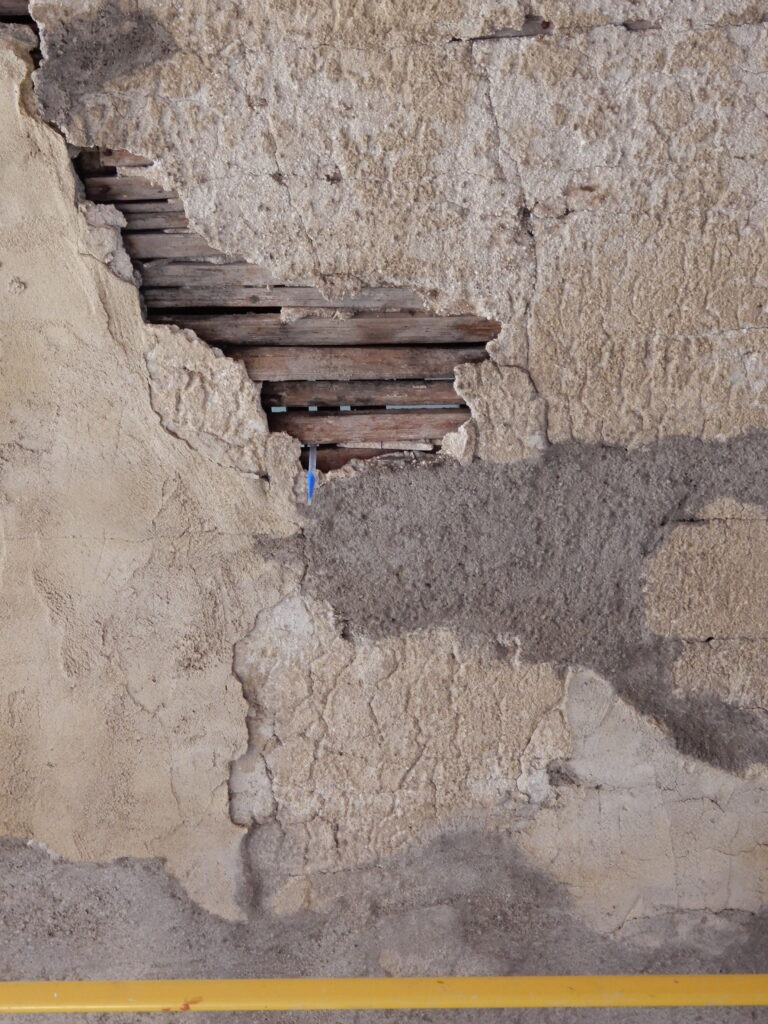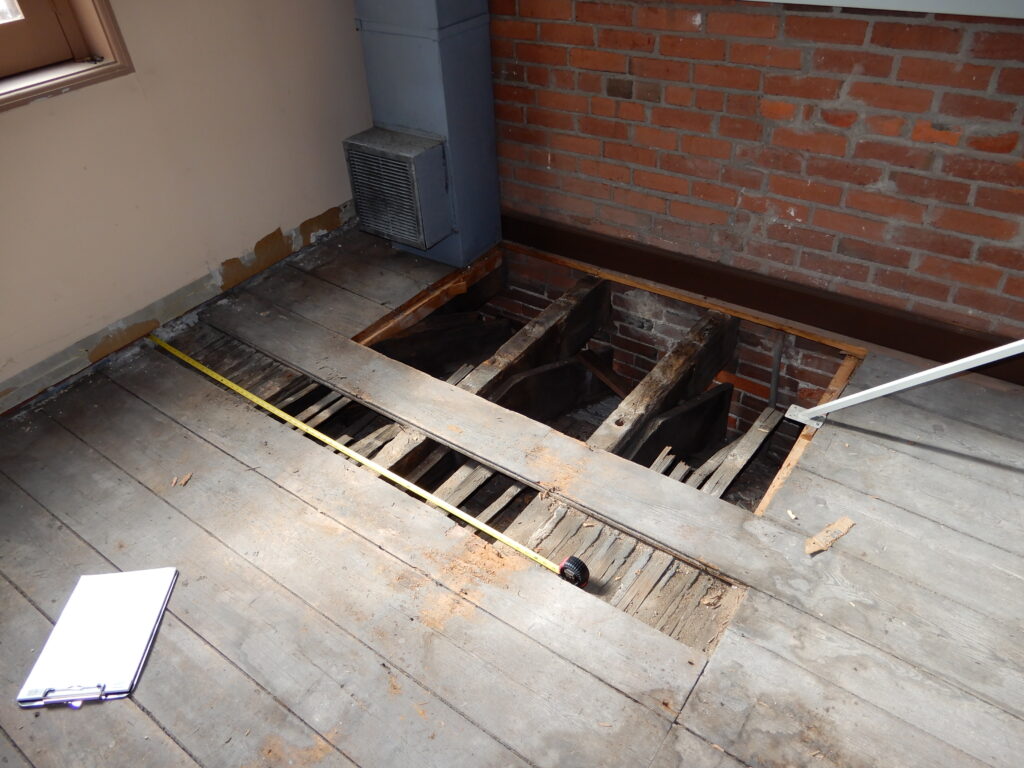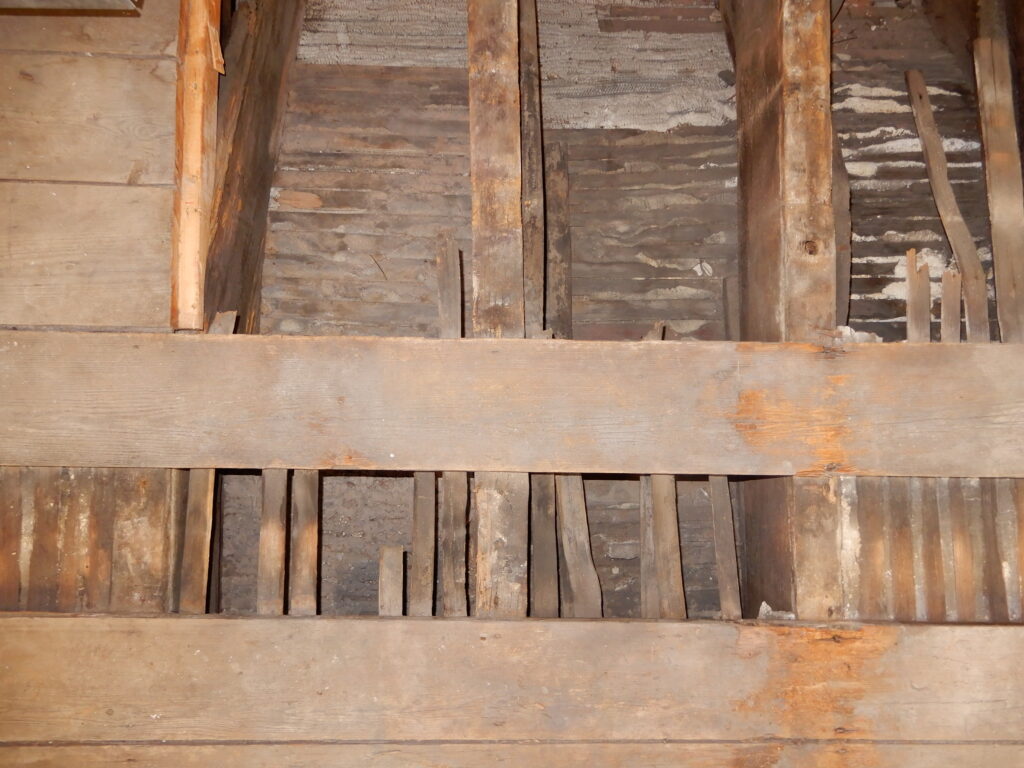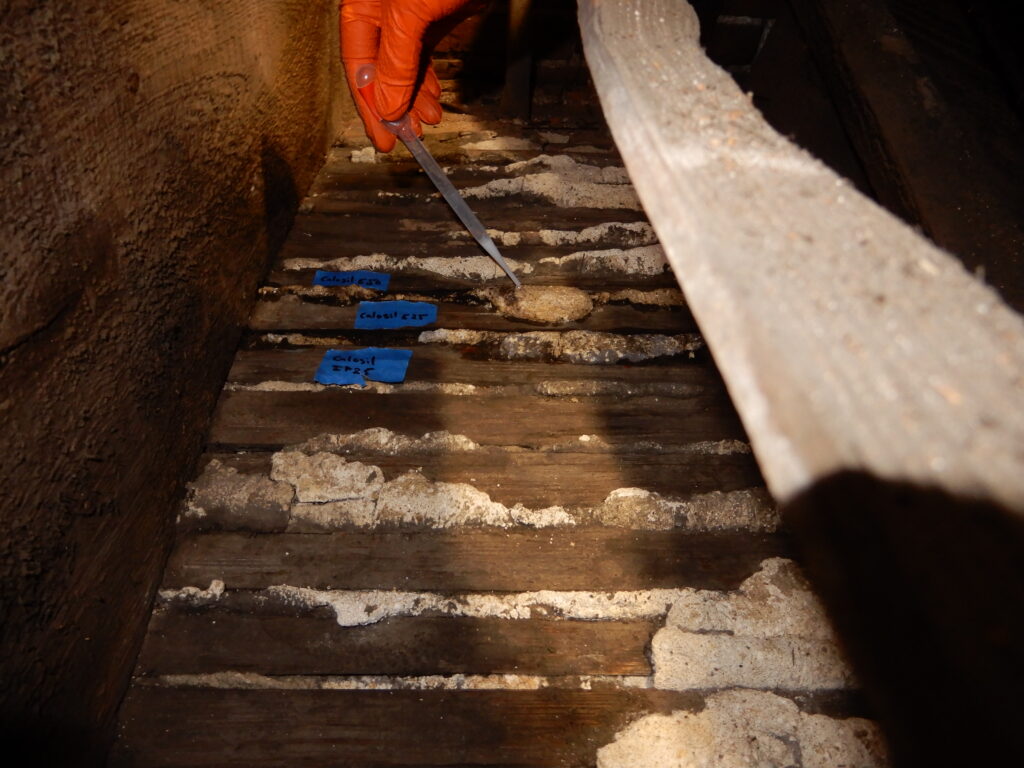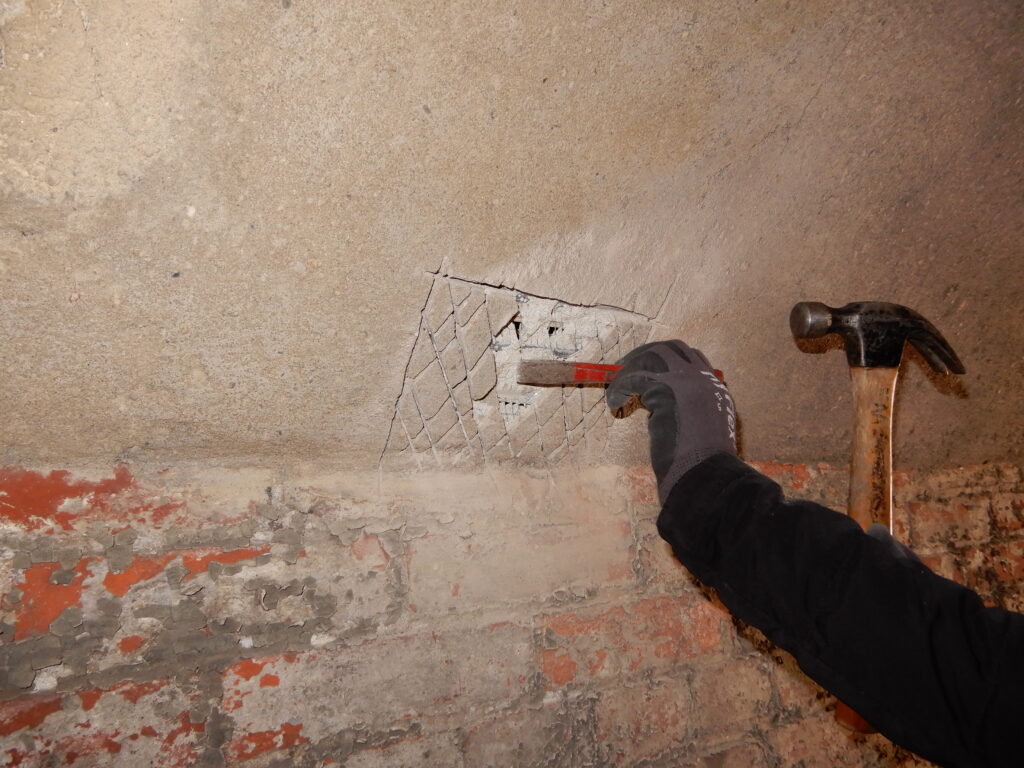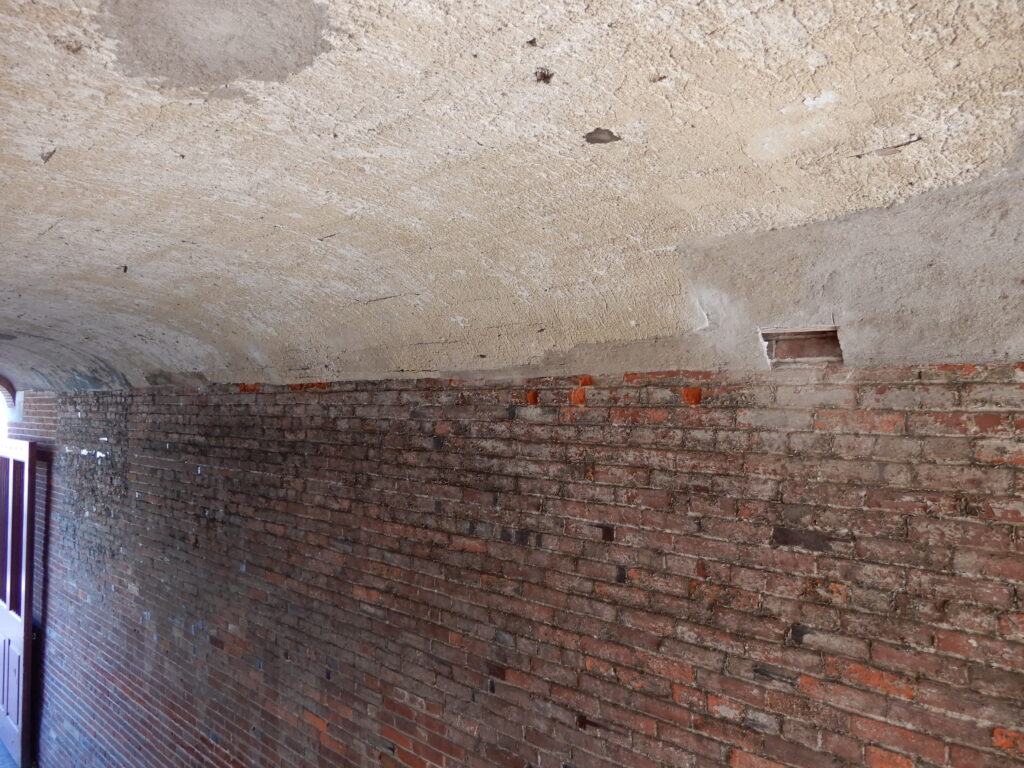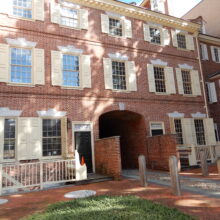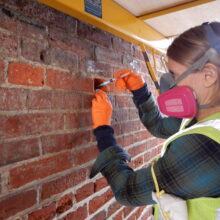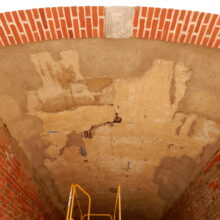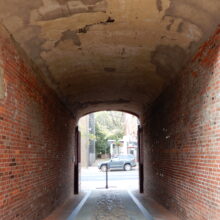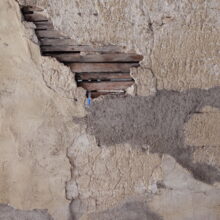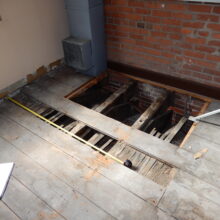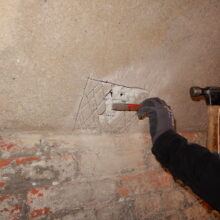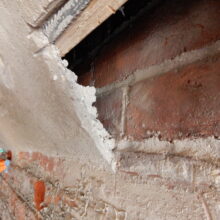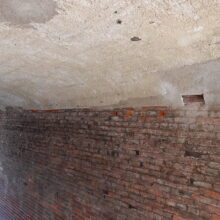Franklin Court Carriageway
The structures at Franklin Court represent an integral part of Independence National Historic Park, a federally protected historic district in Philadelphia intended to preserve certain sites associated with the American Revolution and the founding of the United States.
Benjamin Franklin and his wife Deborah constructed their home at Franklin Court in beginning in 1763. With the expansion of Market Street adjacent to their home, Franklin erected twin row tenant houses between 1786 and 1787 at what is today 316 and 318 Market Street. Included in his design was a barrel-vaulted carriageway directly in between the connected properties, which provided access to his home and carriage house via Market Street.
Of the buildings at Benjamin Franklin’s rental properties, the Franklin Court Carriageway contains the most intact historic building fabric. The 316 and 318 Market Street had major expansions between 1847 and 1860, during which time the carriageway may have been re-plastered. The buildings and passageway remained in private ownership until 1954, when they were purchased as part of Independence National Park, which was founded in 1948 and added to the National Register of Historic Places in 1988. Structural repairs of the carriageway’s brick masonry walls occurred in 1963, and the building facades were restored to their 1787 appearance in 1974.
In June 2021, our conservators conducted a detailed condition assessment, perform limited treatment testing, and conduct a finishes investigation and microscopic analysis on the Franklin Court Carriageway. The purpose of the investigation was to support potential future conservation efforts. EverGreene first performed a close-range, visual and tactile assessment of the current conditions of the masonry walls, barrel-vaulted plaster ceiling, and the second floor framing above the carriageway plaster ceiling where accessible; documenting findings and comparing conditions to previous surveys. The second floor framing was made available by removing floorboards at the 318 Market Street second floor moiety above the south end of the carriageway.
EverGreene then performed limited treatment testing on all three surveyed areas; consolidant materials were applied to selected testing areas to identify potential future methods of treatment. We also tested the removal of post-historic plaster patch material on the ceiling adjacent to the east wall using hand tools and power tools. During these efforts, paint/plaster and mortar samples were collected from representative areas in order to document stratigraphy, and identify historic materials and decorative schemes. Samples were tested by outside companies, and the results returned to EverGreene. Based on findings from all investigations, EverGreene provided recommendations for future treatment.
